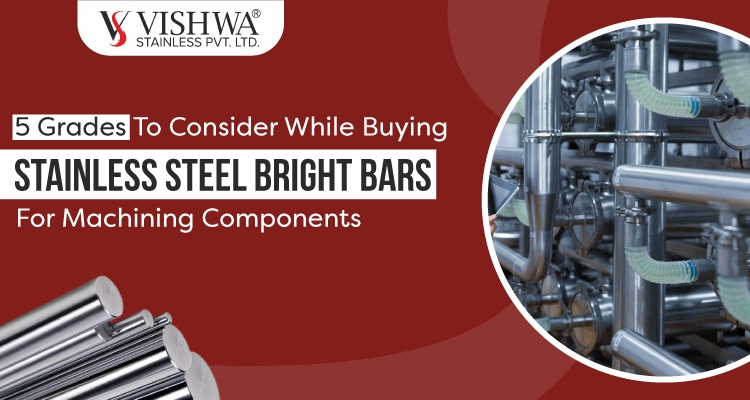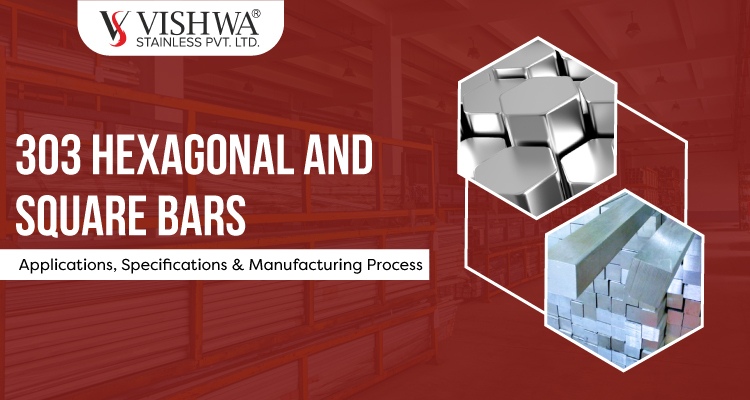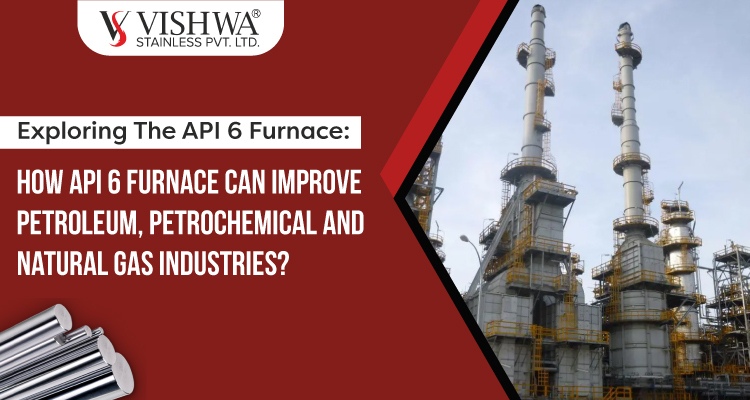Stainless steel has been one of the greatest inventions in the history of mankind. It is a kind of metal alloy made from the combination of steel and other metals like nickel and chromium. What makes stainless steel stand apart from the rest of the materials is its versatility in countless applications. The diverse range of grades allows it to accommodate various applications across many different industries.
Here are 7 things to consider while choosing a right stainless steel grade:
1. Welding requirements
Not all grades of stainless steel are weldable. Depending upon certain grades, welding can lead to problems such as intergranular corrosion, hot cracking and stress corrosion cracking. In case your products needs welding, you need to choose stainless steel grade that is weldable. Austenitic stainless steel grades such as 304L, 347 ce be used for welding due to lower carbon levels. Ferritic stainless steels such as grade 430 or grade 439 are also readily weldable. Martensitic stainless are generally not suitable for welding. Extra care needs to be taken when welding stainless steel to ensure that the mechanical properties of the metal are not compromised during the welding process.
2. Corrosion resistance
Though stainless is known to have corrosion resistance, various grades of stainless steel have varying levels of corrosion resistance. Austenitic stainless steel like Grade 304 and 316 is the most sought after for corrosion resistance because of high amounts of chromium and molybdenum, respectively. Ferritic stainless steels and martensitic are generally more affordable than austenitic stainless steel because they have less nickel and sometimes less chromium than austenitic stainless steels, which can result in a loss of corrosion resistance. They are suitable for applications that involve the indoor use of stainless steel as this limits exposure to weather and other corrosive elements.
3. Need of machining
Most grades of stainless steel can be machined, however, it is very susceptible to hardening. The machining process must be optimized to work at a rate that helps alleviate this issue, and the tools used for machining must also be kept in good working condition. Similar to carbon steels, sulfur can be added to increase machinability; grade 303 is an example of this. It is very similar to grade 304 except that sulfur has been added to it for machining purposes. Grade 416 is example of a ferritic stainless steel with added sulfur.
4. Heat treatment
If the stainless steel is going to be subjected to heat it imperative to know how the product properties will be affected. Grade 440C and 17-4 PH, are heat treatable stainless steels.
5. Strength
The quality of stainless steel depends on various factors and one of the most important factors to consider while selecting the stainless steel is the strength. The strength varies from varies between different grades. Martensitic stainless steels, like grade 440C and precipitation hardened stainless steels, like grades 17-4 PH and 15-5 PH have the best strength. Austenitic stainless steels comes second on the scale of strength. Duplex stainless steels can provide ferritic stainless steel properties while still maintaining a ductility and a toughness close to austenitic stainless steels.
6. Good Formability
If the application of stainless steel castings requires good formability, austenitic grade such as 304 or a ferritic grade such as 430 are the best. Martensitic group of stainless steel tend to be brittle and are not readily formable.
7. Cost effectiveness
In order to choose a good stainless steel grade all the above considerations are important but the most important one is cost effectiveness. Your industry needs to have stainless steel applications that are profitable, match your intended environment and have high performing for a long term. Though most grades of stainless steel require negligible maintenance, you still need to account it depending upon the harsh, cold or corrosive environment it is expected to work in.
Here are some of the tried and tested applications so you know which stainless steel grade to use for your industry.
Ferritic Stainless Steels:
- Grade 409: Automotive exhaust systems and heat exchangers
- Grade 416: Axles, shafts, and fasteners
- Grade 430: Food industry and appliances
- Grade 439: Automotive exhaust systems components
Austenitic Stainless Steels:
- Grade 303: Fasteners, fittings, gears
- Grade 304: General purpose austenitic stainless steel
- Grade 304L: Grade 304 applications that require welding
- Grade 309: Applications involving elevated temperatures
- Grade 316: Chemical applications
- Grade 316L: Grade 316 applications that require welding
Martensitic Stainless Steels:
- Grade 410: Generable purpose martensitic stainless steel
- Grade 440C: Bearings,
knives, and other wear-resistant applications
Precipitation Hardened Stainless Steels:
- 17-4 PH: Aerospace, nuclear, defense and chemical applications
- 15-5 PH: Valves, fittings, and fasteners
Duplex stainless steels:
- 2205: Heat exchangers and pressure vessels
- 2507: Pressure vessels and desalination plants
We at Vishwa Stainless Pvt. Ltd. manufactures a broad range of stainless steel bars for various industrial applications like manufacturing machining tools, textile industry, defense, chemical, aerospace, medical and many more. We ensure providing the highest quality of bars for your exact industrial applications. For more information visit our website: www.vishwastainless.com
Email us for requirements on sales@vishwastainless.com concern team will contact you soon.
Read More:




